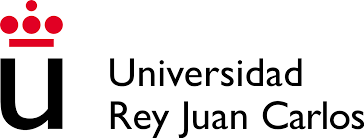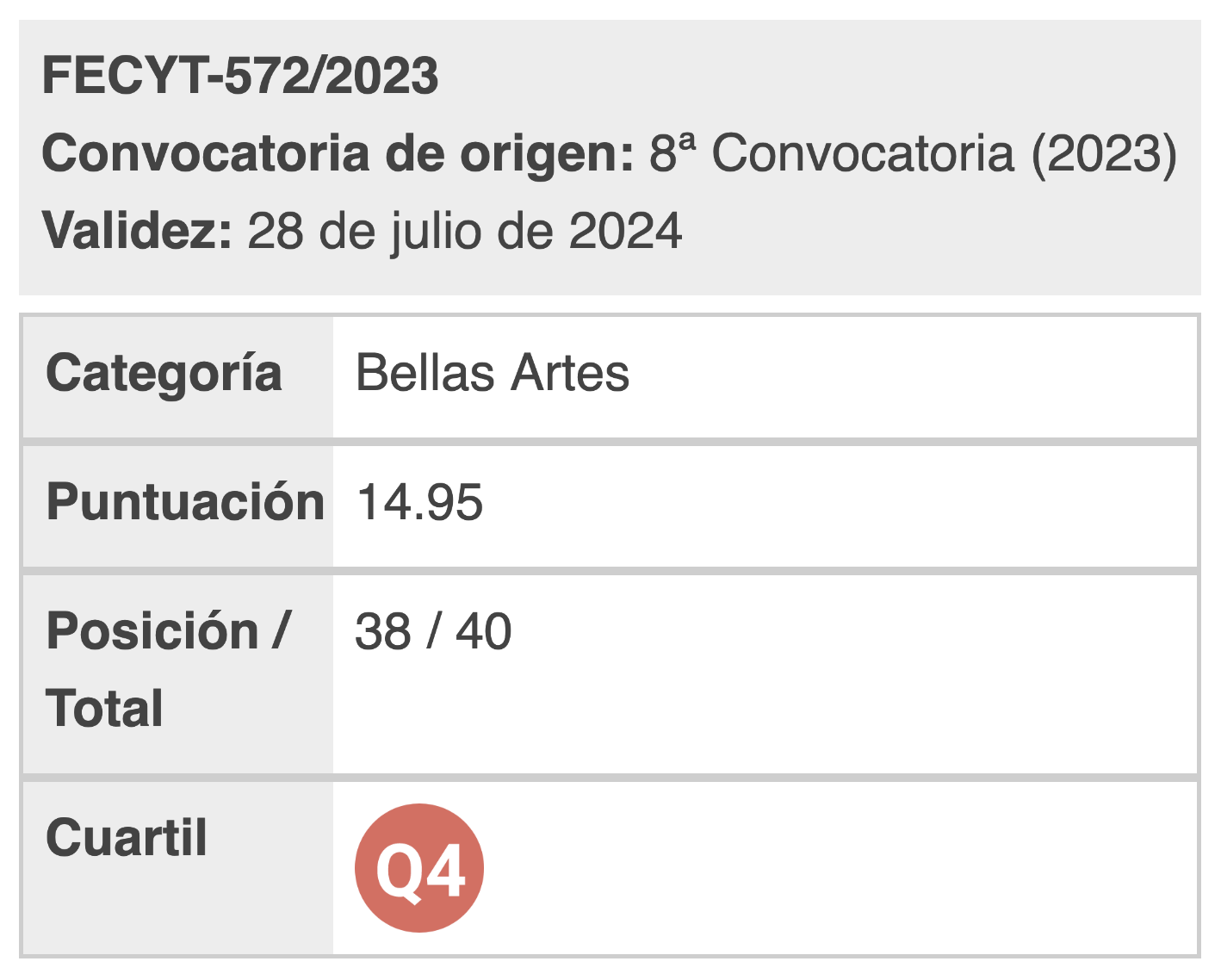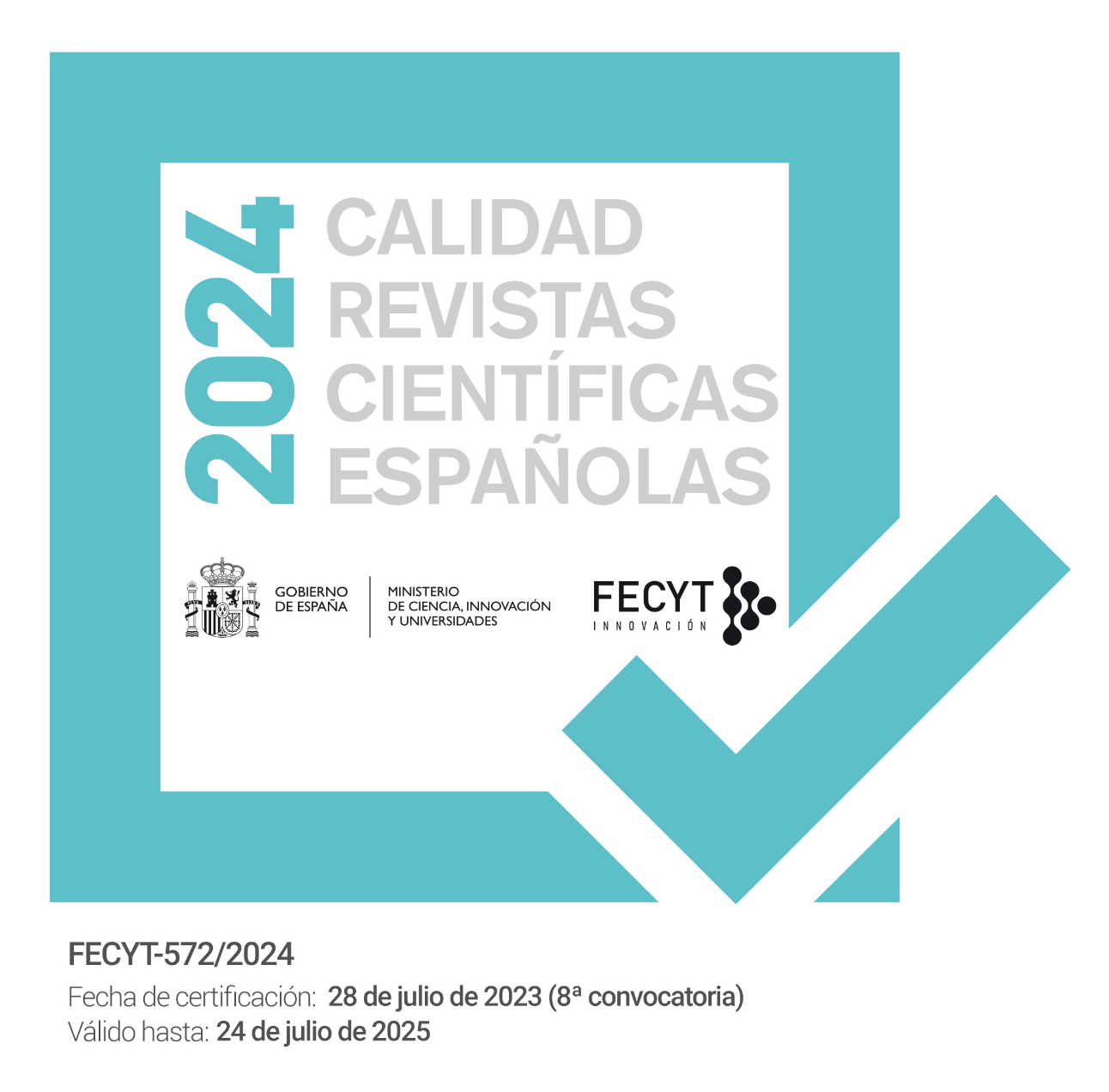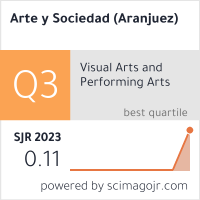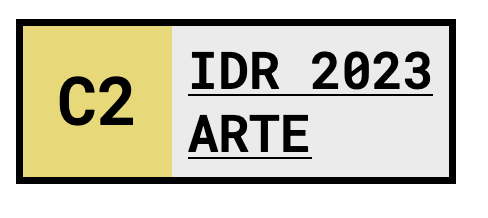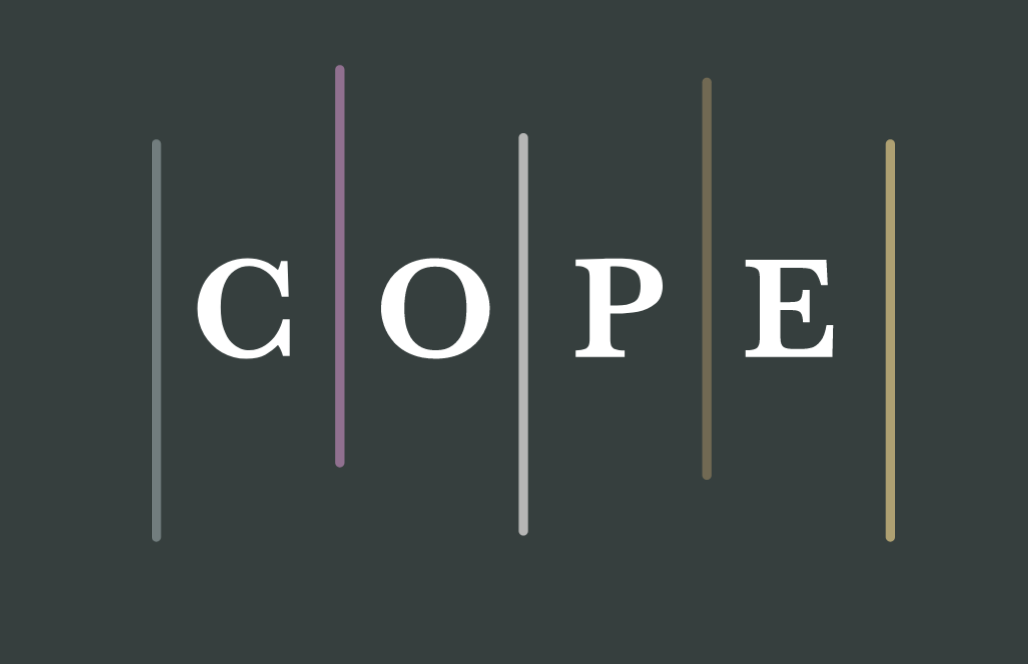Learn Playing
DOI:
https://doi.org/10.5281/zenodo.7654379Keywords:
video game, Interaction, Education, Learning, CRAAbstract
Grouped Rural Primary School (CRA) it requires practices and dynamics different to urban schools. That’s why we assume different work methods. We will develop a videogame that reinforces learning and developing of intellectual capacities in an autonomous way, where each pupil/user will choose and build their own knowledge path.
References
Álvarez-Álvarez, C., & Vejo-Sainz, R. (2017). ¿Cómo se sitúan las escuelas españolas del medio rural ante la innovación? Un estudio exploratorio mediante entrevistas. Aula Abierta, 45, 25-32.
Andresen, L., Boud, D., & Cohen, R. (2000). Experience-based learning. En G. Foley, Understanding Adult Education and Training (Vol. 2), 225-239). Allen & Unwin.
Blumenfeld, P. C., Soloway, E., Marx, R. W., Krajcik, J. S., Guzdial, M., & Palincsar, A. (1991). Motivating project-based learning: Sustaining the doing, supporting the learning. (T. &. Online, Ed.) Educational psychologist, 26(3-4), 369-398.
Coffey, H. (6 de 11 de 2017). Project-based learning. Recuperado de http://www.learnnc.org/lp/pages/4753
Crompton, H. (2013). A historical overview of mobile learning: Towrads learner-centered education. En Z. Berge, & M. L.Y., Handbook of Mobile Learning (págs. 3-14). Routledge.
Del Moral Pérez, M. E., Villalustre Martínez, L. V., & Neira Piñeiro, M. d. (2014a). Oportunidades de las TIC para la innovación educativa en las escuelas rurales de Asturias. Aula abierta, 42(1 (61-67)). Recuperado de https://dialnet.unirioja.es/servlet/articulo?codigo=4647901
Del Moral Pérez, M. E., Villalustre Martínez, L., & Neira Piñeiro, M. d. (Sept-Oct de 2014b). Variables asociadas a la cultura innovadora con TIC en escuelas rurales. Revista de currículum y formación del profesorado, 3 (9-25). Recuperado de http://www.ugr.es/~recfpro/rev183ART1.pdf
García Cantó, E., Peñalver Rojo, F. J., Rodríguez Castells, Á., De Juan Cebollada, A., & Navalpotro Pérez, L. (2008). La escuela rural: ¿cierre o reorganización? Una comparación entre España y Grecia. Revista electrónica Efdeportes.com, 13(119). Recuperado de http://www.efdeportes.com/efd119/la-escuela-rural-cierre-o-reorganizacion.htm
Gomez, J., Huete, J., Hoyos, O., Perez, L., & Grigoiri, D. (2013). Interaction System Based on Internet of Things Support for Education. The 4th International Conference on Emerging Ubiquitous Systems and Pervasive Networks (EUSPN-2013) and the 3rd International Conference on Current and Future Trends of Information and Communication Technologies in Healthcare (ICTH). 21. Elsevier.
Johnson, B. (2013). The Student-Centered Classroom Handbook: a guide to implementation. Routledge.
Jones, L. (2007). The Student-centered Classroom. Cambridge University Press.
Lindberg, R., Seo, J., & Laine, T. H. (2016). Enhancing Physical Education with Exergames and Wearable Technology. Transactions on Learning Technologies, 9(4), 328-341.
Manrique, W. (22 octubre, 2019) Los videojuegos como nuevas narrativas, ocio, arte y una manera de conocer el mundo contemporáneo Recuperado de http://wmagazin.com/relatos/los-videojuegos-como-nuevas-narrativas-ocio-arte-y-una-manera-de-conocer-el-mundo-contemporaneo/
Mosquera, I. (14 mayo, 2018). Metodologías activas en el aula o la intersección de la Taxonomía de Bloom y la Pirámide de Aprendizaje.
MOSQUERA, I. (28 enero, 2019). El aprendizaje por proyectos: una apuesta de futuro con muchos años de recorrido. Recuperado de https://www.unir.net/educacion/revista/noticias/el-aprendizaje-por-proyectos-una-apuesta-de-futuro-con-muchos-anos-de-recorrido/549203669916/
Reichel, M., Osterloh, A., Katterfeldt, E., Butler, D., & Schelhowe, H. (2009). EduWear: Designing smart textiles for playful learning. IDC (págs. 9-17). Como: ACM.
Trentin, G, & Repetto, M. (2013). Using Network and Mobile Technology to Bridge Formal and Informal Learning. Elsevier.

Published
How to Cite
Issue
Section
License

This work is licensed under a Creative Commons Attribution 4.0 International License.
You are free to:
Share — copy and redistribute the material in any medium or format.
Adapt — remix, transform, and build on the material for any purpose, including commercial.
Attribution — You must properly acknowledge the authorship, provide a link to the license, and indicate if any changes have been made.
You may do so in any reasonable manner, but not in any way that suggests that you endorse or receive any endorsement by the licensor for your use.
No additional restrictions — You may not apply legal terms or technological measures that legally restrict you from doing what the license allows.

